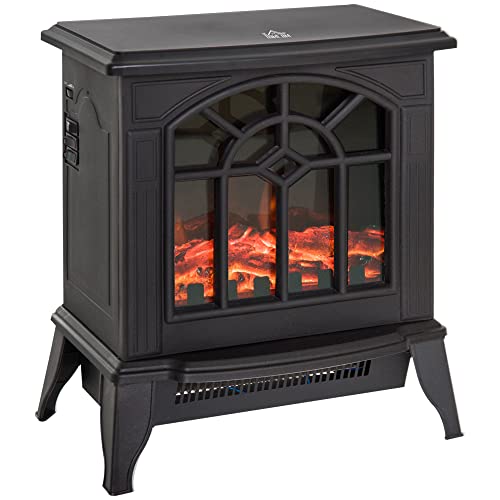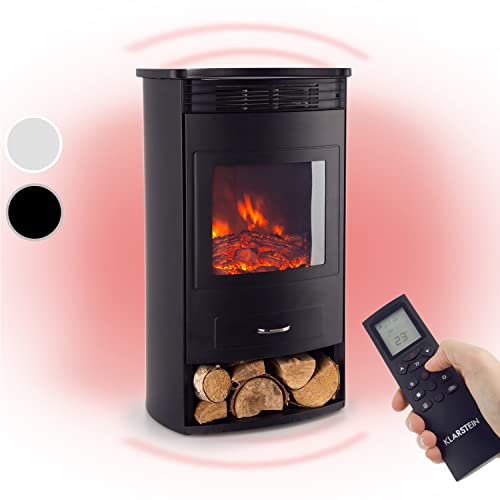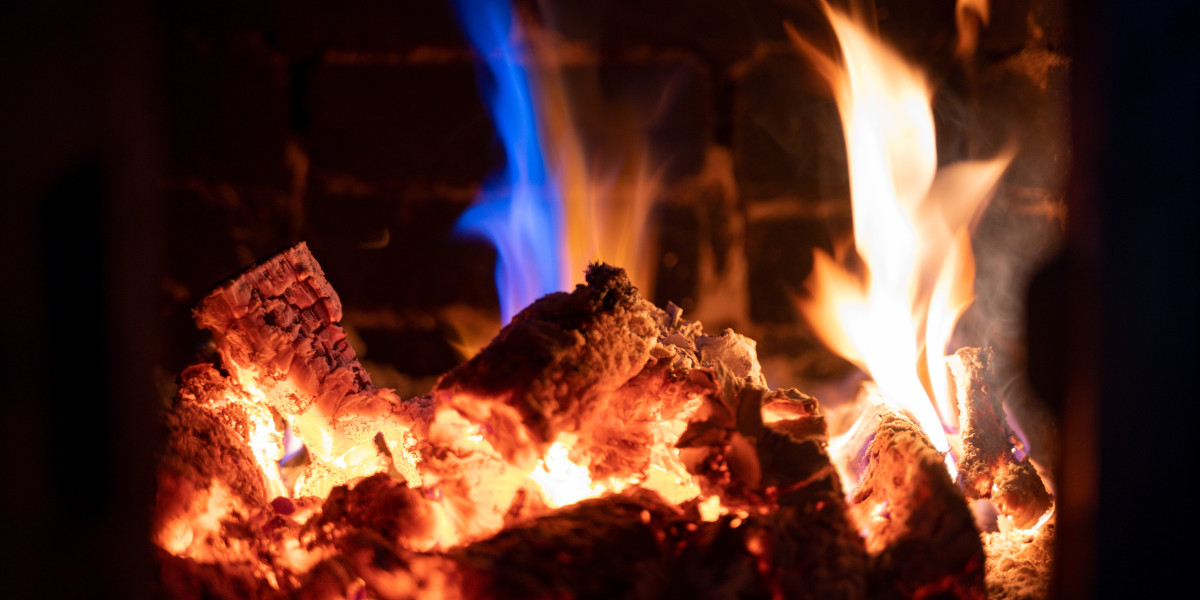 If you're using fireplaces for aesthetics or warmth, choosing the perfect surround can give your living room personality. It isn't easy to select a fireplace surround that is both safe and compliant with the code.
If you're using fireplaces for aesthetics or warmth, choosing the perfect surround can give your living room personality. It isn't easy to select a fireplace surround that is both safe and compliant with the code. Fortunately, these custom-built surrounds are made with non-combustible materials and adhere to the National Fire Code. They can look great in any style home.
Fortunately, these custom-built surrounds are made with non-combustible materials and adhere to the National Fire Code. They can look great in any style home.Simple Concrete Surround with Marble Slabs
A fireplace surround can be a focal point for rooms, and it can add warmth and charm. It is constructed using a selection of materials and be designed to fit different styles of design. It is essential to consider the style of the room and the budget before choosing a fireplace surround design.
Marble fireplace surrounds offer an elegant look that is compatible with a variety of design styles. They can be combined with rustic woods and more modern metals to create a distinctive, modern design. Marble is relatively simple to maintain and can stand up to extreme temperatures, making it an ideal choice for a fireplace surround.
Stone is a popular material for fireplace surrounds and offers a timeless appeal that works in many homes. It can be carved or etched to create contemporary appearance or left unfinished to give it a traditional look. Stacked stone veneers can be used to add texture and depth to the interior of a room.
Granite is a popular choice for modern surrounds around fireplaces. It's tough and able to withstand heat well. It is available in many patterns and colors which allows you to create various designs. Quartzite is another durable option that can be shaped and formed to fit into a contemporary fireplace surround.
If you're a DIYer, the installation of a concrete fireplace surround might be within your capabilities. Although it might seem like a daunting task but it can be easier than you might imagine if you plan ahead and collaborate with a professional to ensure that the structure is sturdy enough.
It's also a good idea to speak with an expert when building a fireplace surround out of marble because it requires special care to prevent damage. A skilled carpenter can help avoid mistakes that could cost you thousands of dollars in repairs.
If you're planning on using tile for your fireplace surround, make sure it's suitable for high-temperature uses. You'll find this information on the packaging or ask an employee at a home improvement shop.
Leaning Frame Surround
The fireplace surround can completely transform an area. It's not only visually pleasing but also serves a practical function. It shields the wall behind the fire place from damage and also reflects heat back into the room. It comes in a variety materials and is customizable to match any style or décor.
Selecting the right material for an inclined frame surround is crucial to create an intentional aesthetic. Concrete is an excellent option because it's extremely durable and non-flammable. It also has a lot of visual appeal thanks to its natural texture and color. It's usually poured into a mold, giving you the ability to design a unique shape for your fireplace surround.
Layers are crucial when creating your leaning frames. This makes the piece appear deliberate and thoughtful rather than being thrown randomly on the wall or on the shelf. If you intend to display heavy items such as vases or lamps on leaning frames, you can place a piece of rubber drawer lining underneath the base. This will stop them from sliding and damaging surfaces.
Consider adding a wooden plank to the bottom of a concrete or a marble surround. This will help keep it in place. It will also help reduce the weight and prevent the item from moving while you enjoy a cup of wine or coffee in front of your fireplace.
After you've selected the material for your leaning frame surround, it's time to start building the actual piece. First, mark the wall you're building with the dimensions of your surround and use a sander to cut cleats along each of these points. Make sure that the top cleat of the shelf is at least a foot shorter.
Fix the brackets to the wall. Make sure that the bolts go through the backerboard and into the stud. If necessary, drill the screw holes. After that, temporarily clamp the mantel to the backer board. Screw the mantel with bolts for lag (2-4 bolts per stud). Make sure that the bolts are long enough to cover 2/3 of the mantel's depth + the thickness of the backer board.
Black Firebox Surround
Fireplace surrounds serve as an aesthetic and a functional function. They protect walls from heat damage, deflect some of the heat back into the room and can make a fireplace more of an attraction in a room. Wood and metal are the most commonly used materials used for fireplace surrounds. Metal surrounds may be required by building codes to protect the surrounding areas from combustibles or they may simply improve the appearance of a fireplace, making it appear more complete.
This fireplace is a contemporary living room with a black surround and white marble accents. The stone is more expensive and requires more maintenance than wood, but it provides a striking design element to the space. The black finish also joins together the dark tones of the wood flooring and furniture to create an overall appearance.
While you might think of concrete as a material for sidewalks and driveways, it's an extremely versatile and attractive material for fireplace surrounds. It can be cut into a variety of shapes and then poured in place, fireplacesandstove.com giving almost endless design possibilities. This concrete surround was shaped to create a curved design. It has modern and sleek appearance that is in contrast to the darker hues of the brick wall and wood flooring.
Wood is another popular choice for fireplace surrounds. It is available in a variety of colors and textures that will match any style of decor. Wooden surrounds are lighter and more affordable than masonry surrounds, and they can be made to match the color of your existing hearth pad. The majority of wooden surrounds are designed to accommodate ornaments for the mantel, including lamps and vases.
Some wood surrounds include a faceplate which covers the top of mantel and houses doors for fireplaces. The faceplate can be attached with decorative fasteners or hinges that resemble the look of iron.
It is essential to take into consideration the dimensions of your fireplace when choosing the wood mantel. To stop a fire from spreading into your home, building codes require minimum clearances. This distance will vary based on the type of fireplace, and may also vary from country to country or state to state.
Simple Wood Surround
There are many options available for surrounds to give your fireplace a traditional style. Some surrounds are made from solid oak, while others include stone legs with oak or pine mantels. You can also select pine or oak fire surrounds that are designed to be a cost-effective and easy choice.
A lot of people choose to buy a pre-made wooden fireplace surround because it is an inexpensive way to get the look that they want without having to pay for the services of a carpenter. Some pre-made surrounds made of pine are available in a variety of finishes and colors, allowing you to match them to your existing decor.
Another popular kind of fire surround made of wood is one that is made by hand from a high quality oak. It can be stained to a light oak color or left untreated to let the natural golden brown of the wood to shine through. This fireplace surround is ideal for gas or wood burning fires and can be fitted either with an arched or flat opening.
For those who have more experience with DIY home improvement projects, there are a lot of tutorials on the internet that will help you create your own fire surround from wood. This step-by-step tutorial from H2O Bungalow will show how to build a rustic wood surround using pine.
The tutorial will show you how to build the horizontal portion of the fireplace surround first, and then how to construct the columns or pilasters vertically that support the mantel. After the columns or pilasters are finished then you can place your mantel. Then, the guide shows you how to add the crown molding to fill in any gaps between the cladding and the surrounding wall.
It is important to follow the local fire code when installing a wooden surround around a fireplace. It is recommended to keep the surround 6 inches away from the edge of the opening. Use a non-flammable glue to join the decorative molding to the surround, and ensure that it is held in place.








